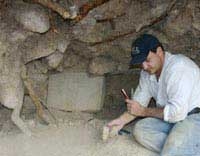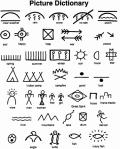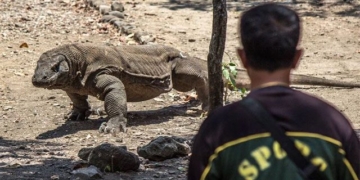Intel’s New $Billion Semiconductor Plant in Germany Unearths Prehistoric Burial Sites Linked to Human Sacrifice.
This site is located near Magdeburg, approximately 160 km west of Berlin, and is where Intel plans to build two semiconductor factories by the end of this year, according to CBS News.
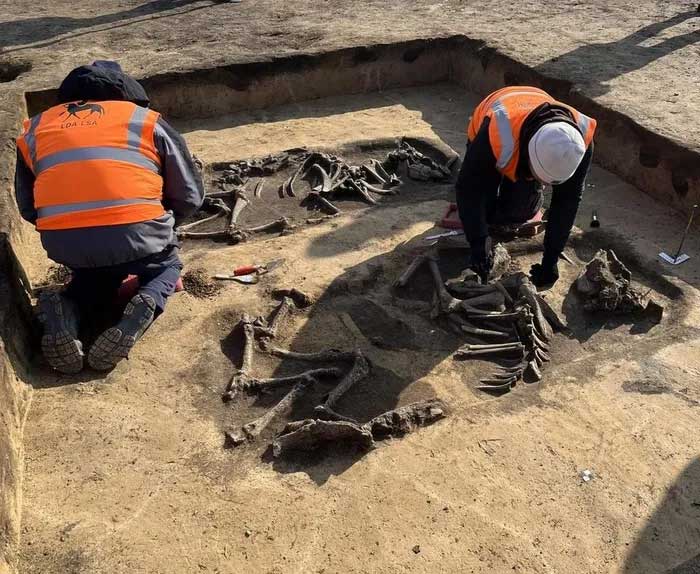
Excavations at this site are ongoing and are expected to conclude in April. (Photo: LDA).
The State Office for Heritage Management and Archaeology of Saxony-Anhalt (LDA) has inspected the 300-hectare industrial area prior to the commencement of Intel’s factory project. There, they discovered a small hill within the industrial site that contains burial mounds dating back to the Neolithic period.
Below the hill are two “massive burial mounds” covering wooden burial chambers that house multiple graves. These two burial chambers are believed to be around 6,000 years old and contain remnants of ancient rituals such as chariot burials. This is where livestock were sacrificed and buried alongside human remains, mimicking the image of a chariot with a driver or animals pulling a plow.
The LDA describes these as spectacular new findings, showcasing significant prehistoric activities that spanned a lengthy period.
Archaeologists have uncovered traces of one of the two burial chambers. It belongs to the Baalberg group, a cultural group from the Neolithic era that existed in central Germany from around 4100-3600 BCE. Inside the burial mound, there are two trapezoidal burial chambers constructed from wood. A corridor runs between the two graves, likely used by ancient peoples to transport offerings.
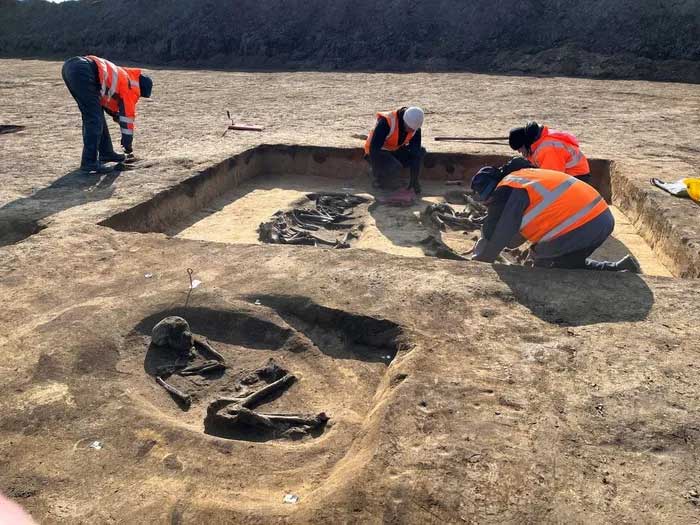
A 5,000-year-old grave of a man (in front) and two livestock (behind). (Photo: LDA).
Along the route to the burial site, archaeologists discovered the remains of pairs of young livestock that were sacrificed and buried. They believe the grave was constructed for a 35-40-year-old man, while the remaining skeleton indicates that the livestock were sacrificed when they were 2-3 years old.
In a press release, the heritage management office explained that such ritualistic graves “indicate that livestock were the most important assets.” They were seen as essential for the livelihood of individuals and were offered to the gods.
During the examination of the land, archaeologists also discovered a trench along the route and several other burial mounds in the area dating back approximately 4,000 years.
“The consistency in the performance of rituals in the Eulenberg area is astonishing. Further analysis of these findings promises to yield even more intriguing insights,” the heritage office stated.









































